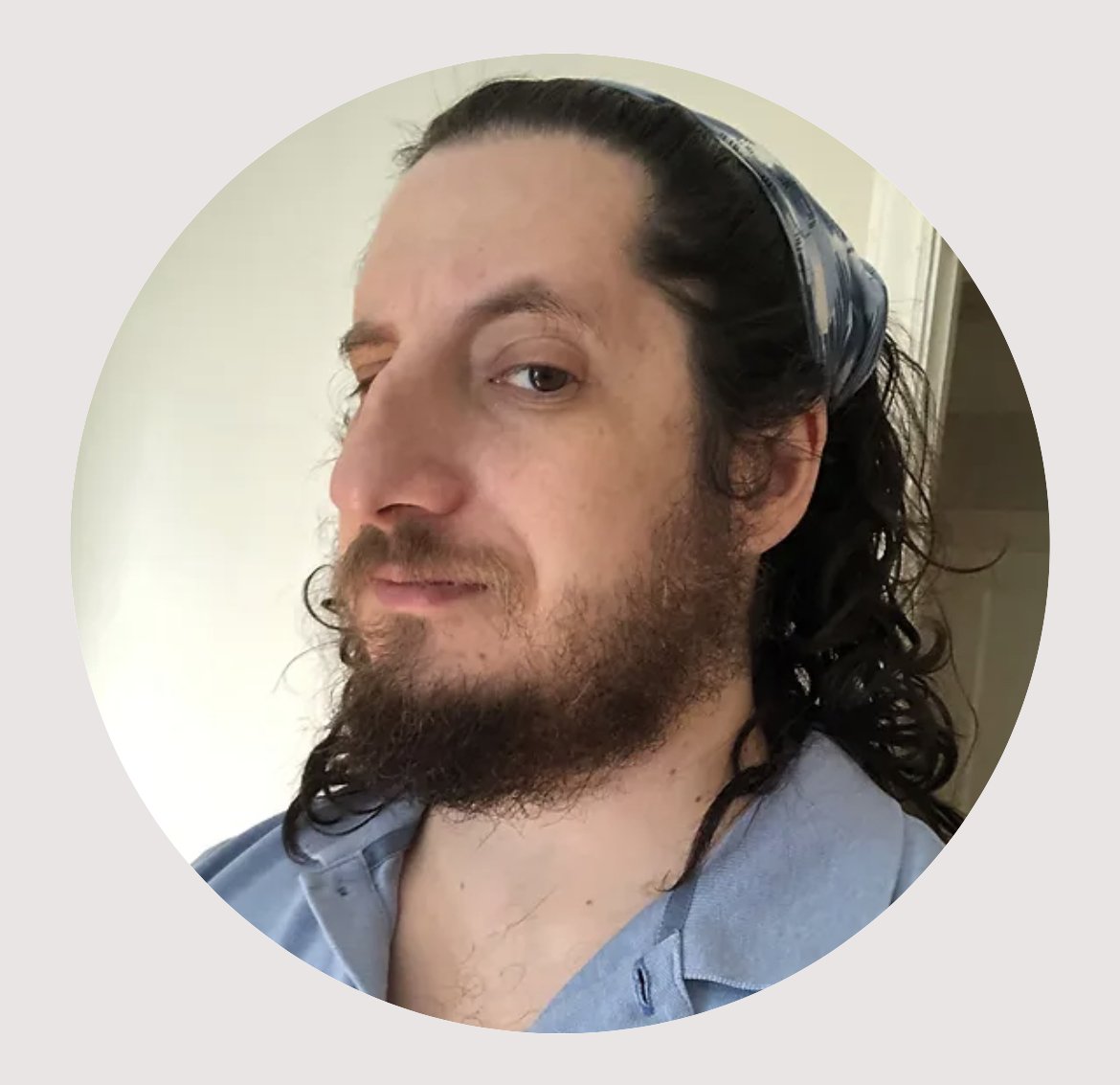It is with great sadness that we in the deaf community mourn the loss of Dr. Jon Henner. Anyone within Jon’s academic circle knows that Jon leaves a legacy that will outlast many — even in his short time on this earth.
Jon was passionate about linguistics
His book Crip Linguistics Goes to School (with Octavian Robinson) is a must-read for anyone who cares about language and disability in education.
My favorite Jon Henner quote: “How you language is beautiful. Don’t let anyone tell you your language is wrong. Your languaging is the story of your life.”
Jon was passionate about deaf people and deaf research
He was a leader in many conversations about the field and how to make it better, especially the Journal of Deaf Studies and Deaf Education (JDSDE) and the American Education Research Association special interest group 95, newly renamed Deaf and Hard of Hearing Intersectionalities and Perspectives.
JDSDE immediately made a collection of his articles open access. I am sure more collections at other publications will follow.
Jon was passionate about his people
Most importantly, Jon connected with people in his community. He strove to help both his colleagues and the next generation at every turn.
The past few years have been hard and hopeful, with Jon sharing his cancer journey on Twitter. Every post garnered heartfelt responses from his very large community of friends and colleagues.
A glance through social media after he died is a beautiful testament to how many people he directly touched with his insights and support.
In everything, Jon’s honesty, wit, humor, and quest for justice permeated his presence
Jon always told the truth.
My first time meeting Jon in person was in a Boston University (BU) classroom about 10 years ago. I was there as part of a team working on ASL translation practices for standardized mathematics assessments. He was a graduate student working with a team of people under Dr. Robert Hoffmeister while in the Doctoral program at BU, having finished his master’s degree at Walden University.
We were introduced, and he quickly signed: “We’ve met. Do you remember me?”
Sheepishly, I shook my head.
“I was your student at Walden.”
Slowly the gears started to turn. I had taught as an adjunct at Walden University for three years before joining the faculty at The University of Texas at Austin. Fully online, no video, discussion board-only communications… my memory was vague.
My very emergent sign language tried to recover the moment.
Thankfully, our collaborative work strengthened from there.
With gratitude
From those nervous first language moments to where I am today with my own language journey, I am grateful for Jon.
Many years later Jon would lead a book chapter on how to develop sign language measurements for research with deaf populations in my edited volume with Dr. Carrie Lou Bloom (nee Garberoglio), Research in Deaf Education: Contexts, Challenges and Considerations.
He was also a valuable thought partner with projects on designing assessments from a deaf perspective instead of a retrofitted approach to access.
Our work toward greater equity and opportunity for deaf people will be harder without him. And yet Jon’s work makes the future possible, a bit brighter, as we follow the light that he shone so brightly showing us the way forward.
Thank you, friend and colleague. You continue to shine brightly in us all.
Photo courtesy of JonHenner.com. | Image description: Headshot photo of Dr. Jon Henner, a white man with a full beard and long, brown hair pulled back in a blue and white scarf. He is looking askance at the camera with his left eyebrow raised — a signature Jon Henner expression.

